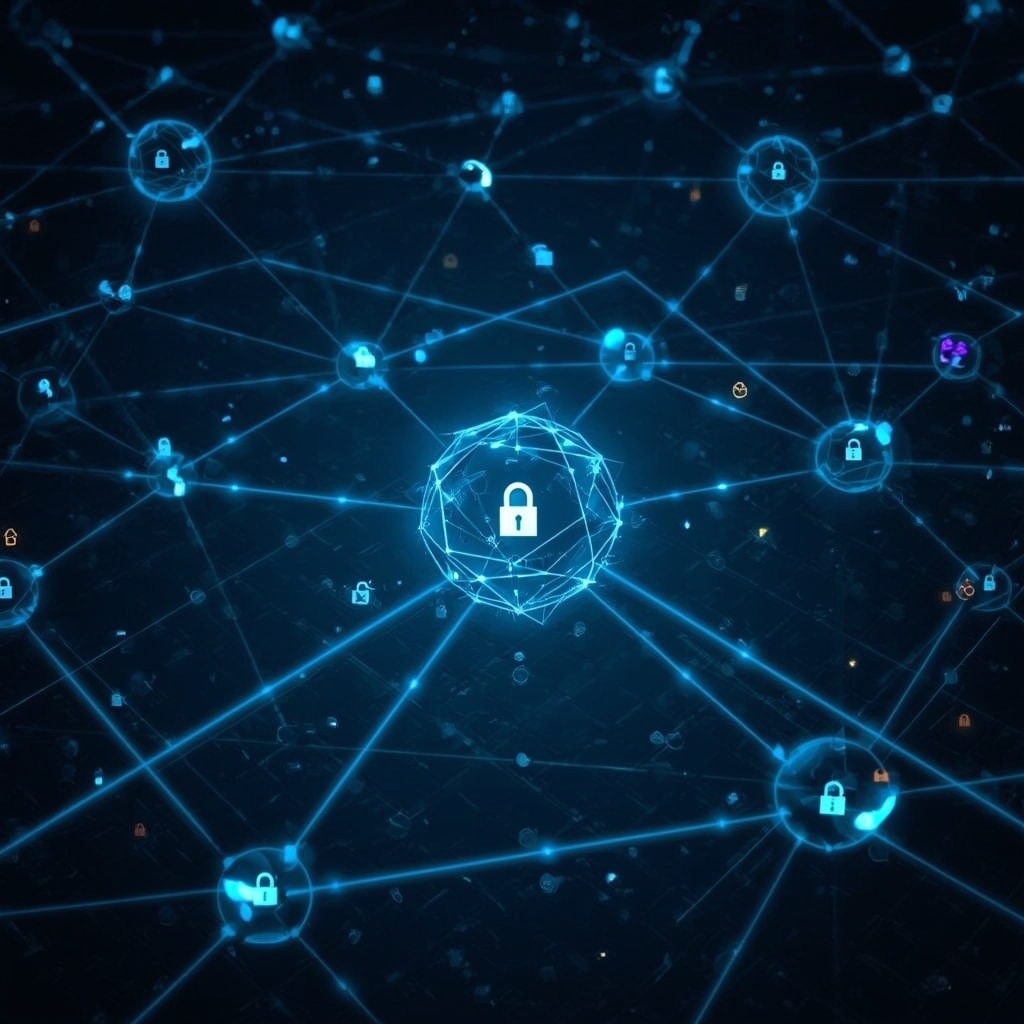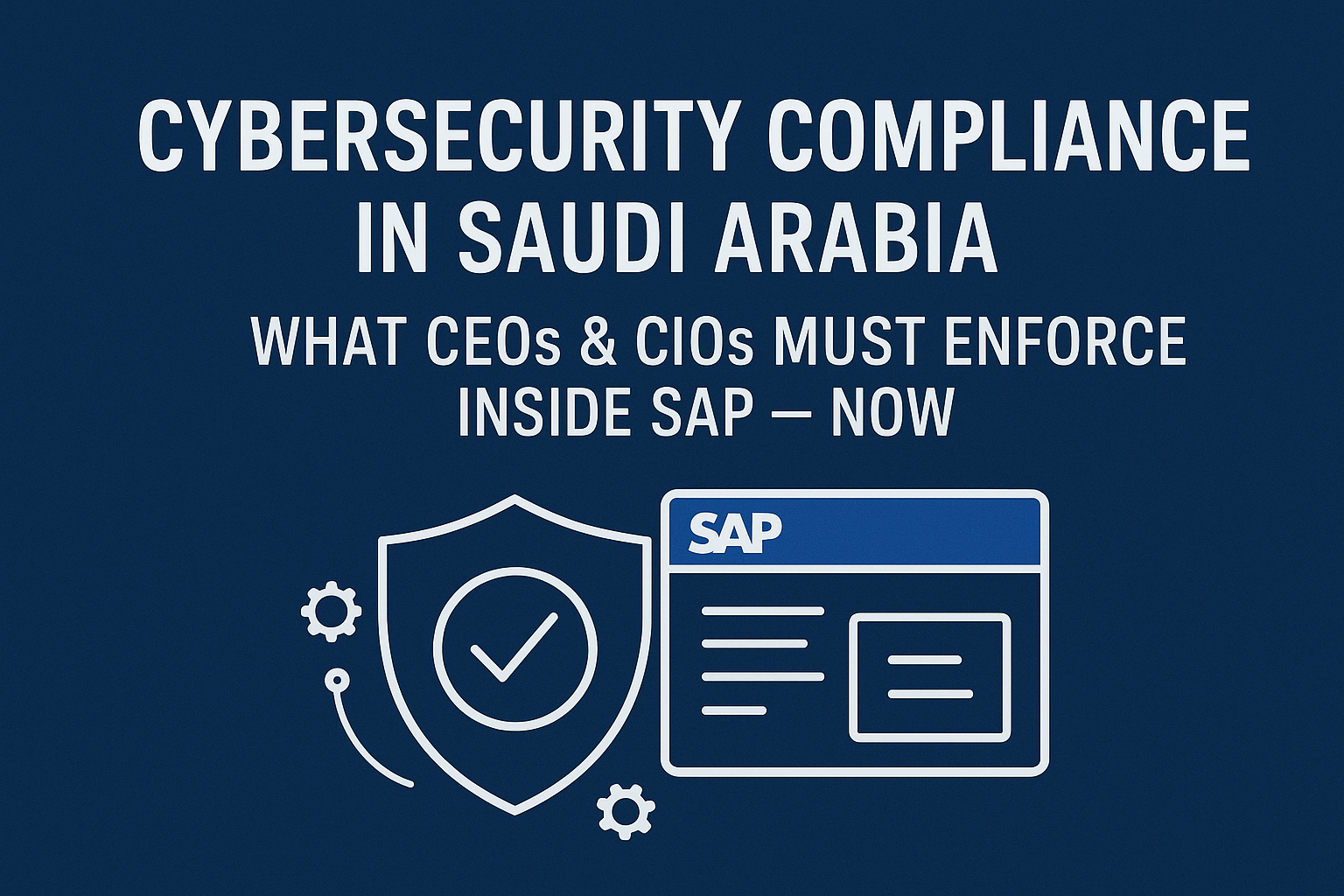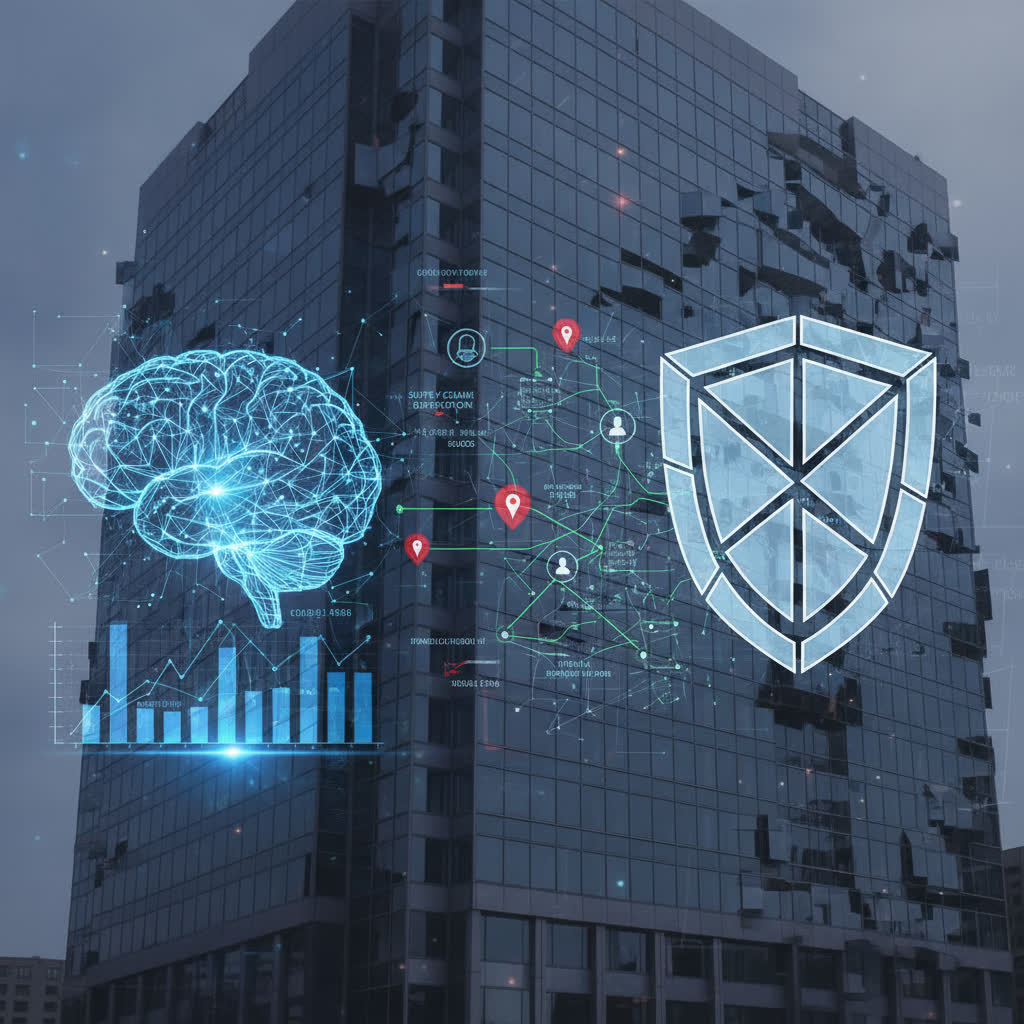Enterprises in 2025 face new and persistent security challenges. With remote work, cloud adoption and digital transformation, the lines around the traditional enterprise boundary have faded. The people, systems and devices accessing sensitive data sit far beyond office walls. In this environment the classic approach to access control, built on network perimeters and implicit trust, falls short. Instead, organizations are turning to zero trust architecture, a fundamental rethink that assumes no user or device should be trusted by default, regardless of location.
Understanding the Principles of Zero Trust
Zero trust represents a significant departure from old security models. Traditionally, enterprises operated with the idea that everything inside the network perimeter was safe and everything outside required scrutiny. This led to a system where once users gained access through the firewall, they were considered trustworthy, posing significant risk if their credentials were compromised. Zero trust, on the other hand, works on a model of continuous verification. Each request for access is checked and validated, with no blanket trust granted.
The foundational principle of zero trust can be summarized as “never trust, always verify.” Trust is never assumed, even for internal users or familiar devices. Every action, transaction or request passes through checks that consider context, user identity, device health and intended resource. Continuous authentication, authorization and monitoring make up the core elements of a robust zero trust strategy.
Driving Factors Behind the Shift to Zero Trust
Several trends push enterprises to reconsider their cybersecurity posture. The hybrid work model, popularized in recent years, has fundamentally reshaped how employees interact with their work environments. Employees now access corporate resources from homes, airports or coffee shops using company-controlled and personal devices. The number of connected devices continues to grow, expanding the potential attack surface. Meanwhile, cyber threats have grown more sophisticated. Ransomware, phishing attacks and insider incidents now spawn headlines and cause real damage, both financially and reputationally.
The growing complexity of IT environments, especially with the proliferation of cloud applications, presents major access control headaches. Business leaders realize that older methods based on networks and perimeters no longer meet the needs of a modern enterprise. Regulations and standards, such as GDPR, SOX and ISO 27001, also require robust risk controls. Zero trust is positioned to address these challenges comprehensively.
Key Components of Zero Trust Architecture
Zero trust architecture is not a single solution but an integrated framework of technologies and practices. Understanding its core components helps organizations make strategic decisions about adoption. At the heart are strong identity and access management mechanisms. These systems ensure that each user is authenticated, their devices checked for compliance and access constrained to the minimum necessary for their role.
Micro-segmentation divides networks into small segments, restricting lateral movement by malicious actors. Network traffic between segments is subject to security controls and continuous evaluation. Multi-factor authentication (MFA) adds an extra layer of defense, requiring more than one method of verifying identity. Contextual access policies, based on attributes such as time, device security, user behavior and the sensitivity of the data being accessed, provide a fine-grained approach to granting or denying access.
Another essential pillar is real-time monitoring and analytics. By observing behavior and flagging anomalies, security teams can detect potential threats early. Logging, auditing and the use of artificial intelligence enable organizations to respond quickly to suspicious activity.
Identity-Centric Security as a Foundation
In zero trust, identity sits at the core of access decisions. Each user’s digital identity is continuously validated using credentials, biometrics and device information. The system constantly assesses risk, considering factors such as user location, device health and recent activity. If anything appears unusual, additional verification steps can be triggered or access revoked. This approach dramatically lowers the risk posed by compromised credentials or malicious insiders.
Least Privilege and Just-in-Time Access
Zero trust implements the philosophy of least privilege. This means users receive the minimum level of access required to perform their duties. Rather than assigning broad permissions that remain over time, just-in-time access grants needed rights only for specific periods or tasks. Automatic removal of unnecessary privileges reduces opportunity for abuse and tightens overall security without slowing down business operations.
The Evolution of Access Control
Access control methods have undergone several stages of development. The traditional model, often called “castle-and-moat,” built strong defenses at the edge. Anyone inside had nearly unfettered access. As technology evolved, role-based access control (RBAC) appeared, tying access permissions to defined job roles. While RBAC offered better granularity, it struggled with the complexities of modern systems. It was often static, lacked flexibility and failed to account for the context of access.
Attribute-based access control (ABAC) improved on this, allowing permissions to depend on user attributes, environment or data sensitivity. However, both methods can falter in rapidly changing IT environments. Zero trust pushes the evolution further by demanding verification for every access request, regardless of user location, device or method of connection. The shift is from one-time verification to continuous risk assessments and adaptive controls.
Implementing Zero Trust: Steps for Modern Enterprises
Adopting zero trust requires thoughtful planning. Organizations begin by mapping their digital landscape, identifying assets, users, applications and data that require protection. Visibility is the first step, ensuring IT teams know exactly what exists in the environment and who can access these resources. This often involves cataloging endpoints, devices, applications, databases and cloud services.
Next, continuous user authentication becomes a priority. Deploying MFA secures access even if a password leaks. Analyzing device health ensures that only compliant and up-to-date machines can connect. Zero trust encourages dynamic policies that adapt to changing risk levels. For instance, attempts to access confidential data from a new device or unfamiliar location may trigger extra authentication checks or temporary blocks.
Micro-segmentation provides another key security layer. Rather than trusting everything within the network, this approach limits movement by keeping resources compartmentalized. For example, if an attacker gains access to one server, micro-segmentation prevents easy escalation to more sensitive systems. Security controls, such as firewalls and monitoring solutions, work at each segment boundary.
Monitoring and response mechanisms round out the strategy. Organizations need real-time analytics to identify suspicious behavior and automate alerts. Automated incident response tools can act quickly, isolating compromised accounts or devices before damage spreads. Regular auditing and review of access patterns help ensure ongoing compliance with internal policies and external regulations.
Collaboration and Culture Change
Zero trust is not just a technology upgrade; it is a shift in mindset. Successful zero trust deployment depends on support from top leadership down to front-line employees. Security leaders need to educate teams about new protocols and the risks being addressed. Transparency and clear communication help build buy-in and trust in the process. Regular knowledge sharing and training make it easier for staff to adapt to new security models and practices.
Phased Adoption Rather Than Big Bang
Many organizations roll out zero trust in carefully planned phases. They start with highest-risk areas or business-critical assets, applying zero trust principles step by step. Over time, security controls and verification processes extend across more of the IT landscape. This approach limits disruption and gives teams time to adapt, making a significant overhaul manageable for organizations of any size.
Zero Trust and the Cloud
Cloud adoption introduces both opportunity and risk. Cloud-based resources are often accessed remotely and managed by third parties. Traditional network-centric security does not translate well. Zero trust fits perfectly into the cloud model because it treats every user and device as potentially untrustworthy until verified. With zero trust, cloud access is carefully controlled, regardless of where a user sits or what device they use.
Organizations leverage cloud-native security tools that align with zero trust principles. Single sign-on, federated identity management and robust authentication methods ensure secure access to cloud workloads. Segmenting cloud environments keeps sensitive data isolated even from other trusted cloud resources. Continuous security monitoring watches for misconfiguration or unusual activity, protecting against fast-moving digital threats.
Hybrid and multi-cloud strategies require unified management. Zero trust simplifies access control across cloud and on-premise systems by establishing standard policies and real-time verification everywhere. Data loss prevention tools, alongside encryption and tokenization, safeguard sensitive data in transit and at rest. This comprehensive combination offers peace of mind amid a shifting technological landscape.
Zero Trust for Remote Workforces
Remote and distributed workforces highlight deficiencies in traditional security models. Laptops, smartphones and other endpoints operate outside the perimeter. Remote employees access data using home networks or public Wi-Fi, raising security concerns. Zero trust gives organizations the flexibility to enable remote work while upholding strict security standards.
With device health checks, continuous authentication and behavior-based analytics, zero trust systems can verify user identity and intent wherever they connect. Conditional access policies change the rules depending on risk factors such as device status, time of access or attempted location. Security teams remain in control, with the ability to revoke access or demand further verification within seconds if risk increases.
Empowering remote teams without introducing vulnerabilities creates value for employers and employees alike. Automatic remediation and isolation capabilities ensure that suspicious behavior triggers an immediate response, even when devices never touch an internal network. Zero trust stands as the modern answer to securing remote work at scale.
Protecting Sensitive and Regulated Data
Businesses today handle significant volumes of confidential data. Regulatory requirements, such as GDPR for privacy, SOX for financial controls and ISO 27001 for information security, make accountability and risk management top priorities. Zero trust assists compliance efforts by tracking and documenting access at every stage. Detailed logs show who requested or accessed specific data, on what device and under what conditions.
Adaptive controls, like those used in zero trust, can respond based on the type of data requested or current risk posture. For sensitive tasks, the system might demand further approval or trigger an alert. Encryption, tokenization and strong identity management keep data secure even as it moves across networks or between geographies. Regular audits become easier, with complete records available at all times for compliance teams and auditors.
Cost-effective compliance starts with reducing complexity. Zero trust streamlines audits, incident response and reporting by placing all access decisions under a single, continuous process. Organizations avoid penalties, safeguard their reputation and deliver reliable protection for critical information assets.
Identity Governance and Risk Management
The management of identities extends to contractors, partners and customers. In large organizations, the number of identities can run into thousands or more. Zero trust provides the structure to assign, monitor and control privileges in real-time. Automation tools help ensure that access rights match business needs and rapidly revoke unused privileges. Risk management is integral as identity governance detects and flags excess, redundant or high-risk entitlements before they become vulnerabilities.
Adapting Zero Trust for Industry Needs
Zero trust is not limited to a single industry or business size. Enterprises in healthcare, finance, manufacturing and public sectors all find value in adapting zero trust principles. Healthcare organizations protect sensitive patient data, insurers minimize financial risk, manufacturers defend against intellectual property theft and government agencies maintain national security. Each industry puts its own spin on zero trust, focusing on particular regulatory demands or operational priorities.
The adaptability of zero trust comes from its modular, customizable nature. Different business units set tailored access policies to reflect the sensitivity and criticality of their data or processes. With zero trust, network architects design infrastructure that supports business agility and ongoing innovation, rather than erecting unchangeable barriers to productivity. Stakeholders can align security investment with evolving business and compliance goals, ensuring long-term relevance and resilience.
Challenges in Zero Trust Implementation
Implementing zero trust architecture presents real challenges. First, there is the complexity of existing IT environments. Legacy applications or infrastructure components may not be compatible with modern security tools. Fragmented identity management, siloed data or lack of integration can slow down progress. Migration and configuration tasks require resources, time and expertise. Careful scheduling and incremental implementation help manage risk along the transformation journey.
Another challenge is user experience. Security teams must balance protection with productivity. Too many authentication prompts, inconsistent user journeys or overzealous controls can create frustration. Organizations have to design workflows that feel intuitive, ensuring smooth access for authorized users while blocking unauthorized attempts. Effective communication and ongoing support ease the transition for staff adjusting to new protocols.
Another obstacle can be organizational resistance. Shifting to zero trust may feel disruptive to habits and ingrained processes. Leadership must clearly articulate the benefits of improved security and reduced risk. In many cases, demonstrating early successes, such as faster incident response or fewer breaches, helps win over stakeholders and build momentum throughout the organization.
Cost and Resource Considerations
While zero trust improves security and compliance, initial investments in technology, staff training and change management can be significant. Decision-makers must weigh the costs against potential savings from preventing breaches or streamlining audits. Automating repetitive security tasks, standardizing workflows and reallocating risk management resources can offset spending in other areas. Long-term, a robust zero trust posture delivers value by lowering exposure to cybersecurity events and regulatory penalties.
The Future of Zero Trust Architecture
As threats evolve, so too do the tools and practices supporting zero trust strategies. Artificial intelligence and machine learning are increasingly integral to analyzing vast amounts of access data and correlating anomalies. Automated decision-making accelerates response to incidents, sometimes intervening before human analysts even notice a problem. AI-powered systems can also continuously refine access policies, tailoring authentication requirements to individual risk profiles in real time.
Integration remains a focus, as organizations aim to create seamless security across local, cloud and third-party services. Open standards, interoperability and vendor-neutral tools will make it easier to unify policies and monitor activity from a single, consistent platform. User-centric technologies, such as passwordless authentication or biometric validation, promise smoother user experiences with fewer friction points.
The story of zero trust architecture continues as organizations seek to align digital transformation with risk control and operational efficiency. New regulations, cross-border commerce and supply chain complexities will drive innovation in access control models. Keeping users, devices and data safe will depend on sustained commitment to continuous verification, context-driven permission and adaptive defense measures.
Human-Centric Security and the Role of Culture
Technical solutions form the backbone of zero trust, but people play an equally important part. Security culture comes from empowerment and shared responsibility, not just compliance dictates. Education and training demystify security protocols so that employees understand their role in protecting data and systems. Regular communication helps reinforce the purpose of zero trust processes and shows the real-world impact of security decisions.
Engaging broader teams beyond IT, such as HR, finance and legal departments, ensures that security risks are managed across every part of the business. These groups contribute valuable perspectives on how controls interact with daily tasks. Collaborative processes for incident reporting, access reviews or data classification help reinforce the principles of zero trust and keep the effort grounded in business realities. A collective approach promotes sustainable change, decreasing the likelihood of errors or policy workarounds.
Supporting Growth and Innovation
Adopting zero trust positions organizations to thrive in a connected, digital-first future. By designing security around people, data and context, businesses become more agile and confident in their operations. Secure collaboration with partners, customers and remote teams enables new offerings and approaches. Adaptive controls mean that as new technologies or business models emerge, appropriate protection follows naturally, reducing risk and helping the enterprise seize opportunities. Zero trust, when implemented with care and attention to culture, lays the foundation for responsible growth and lasting success.





